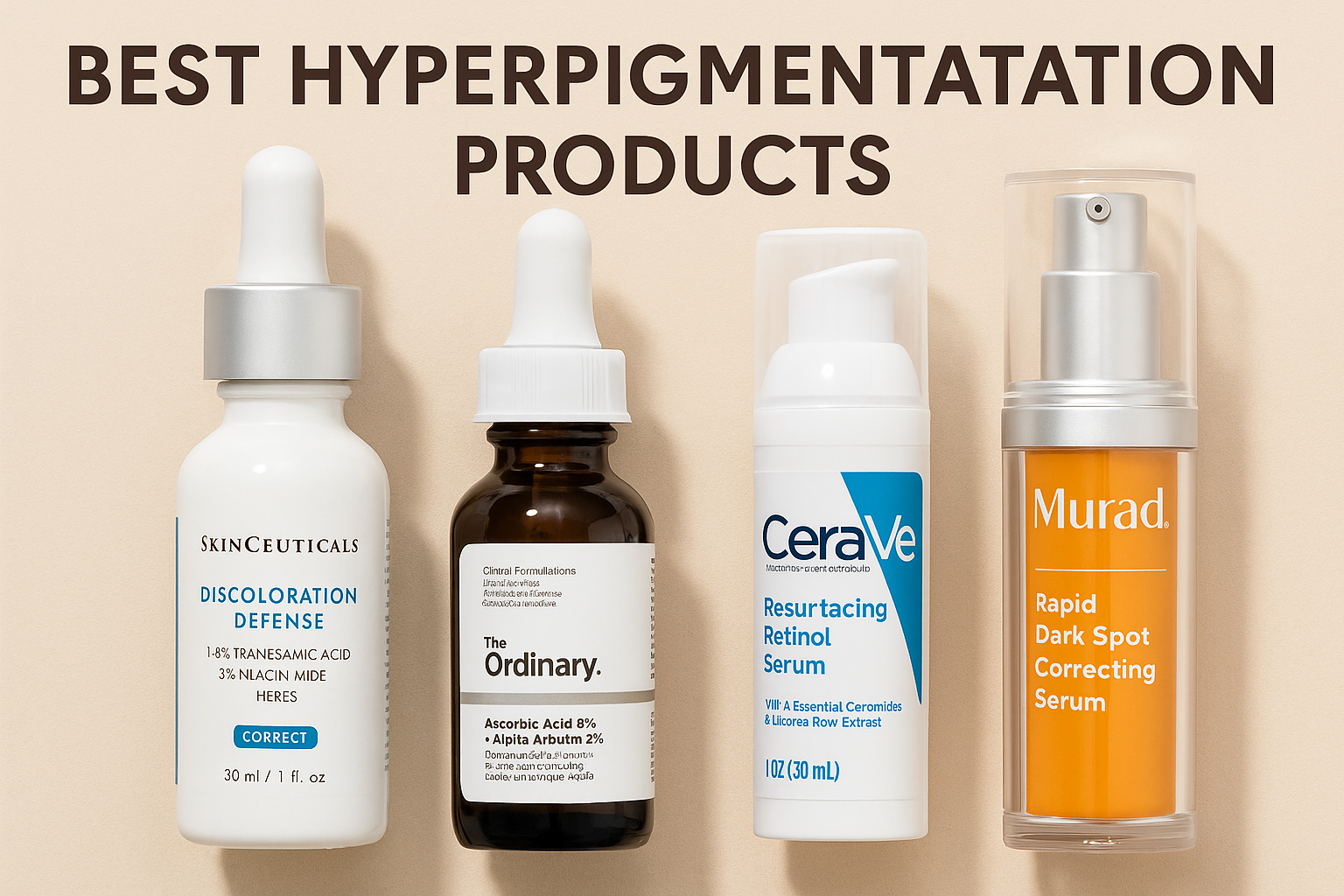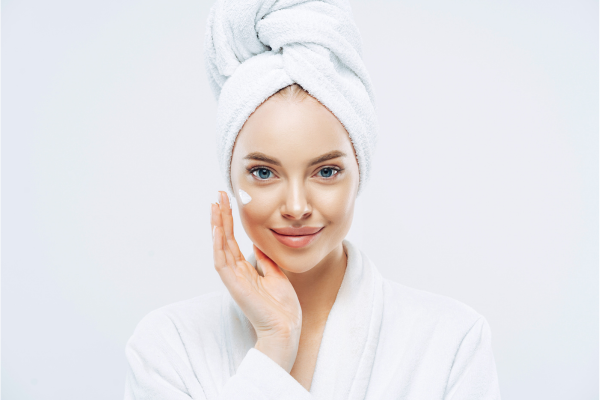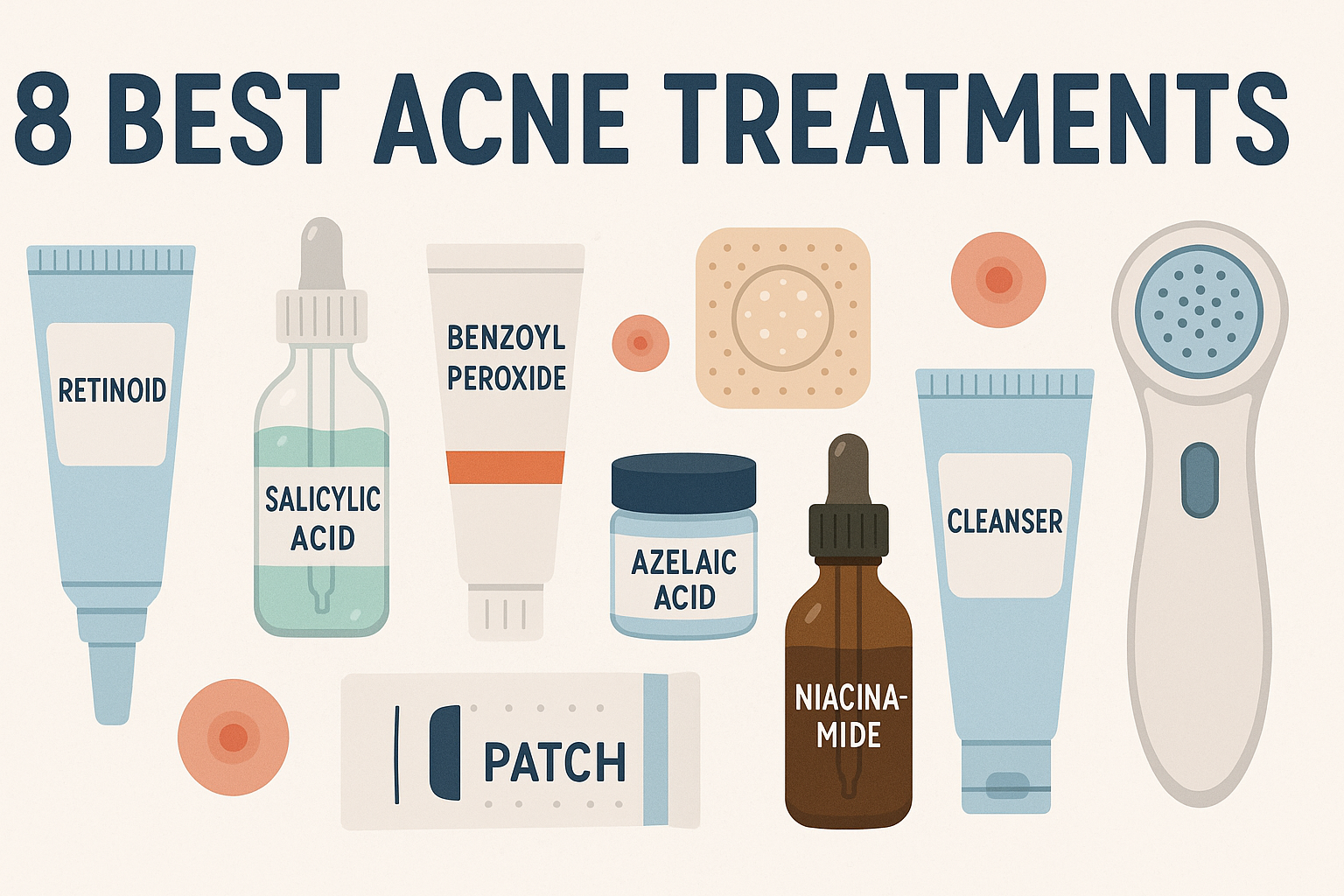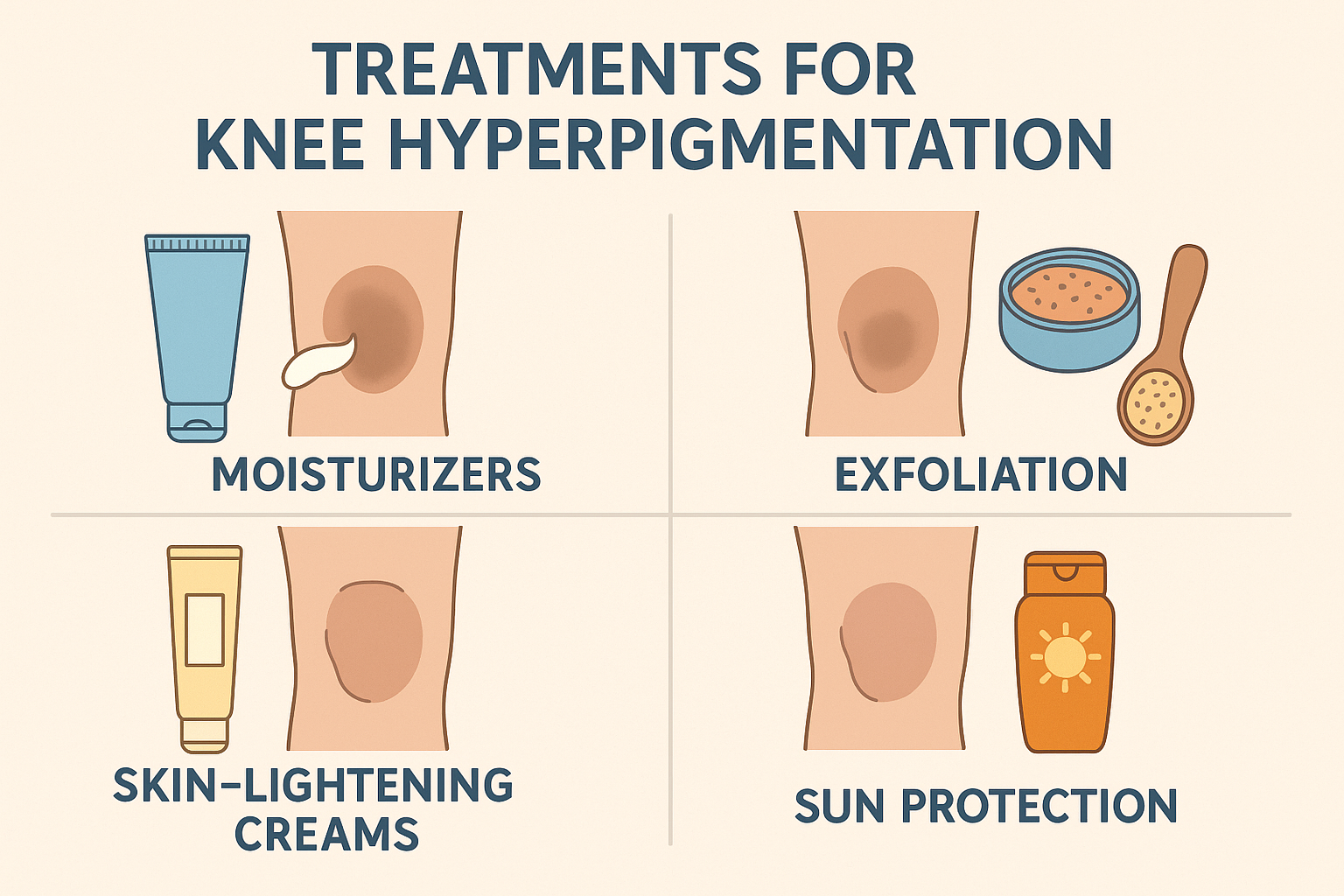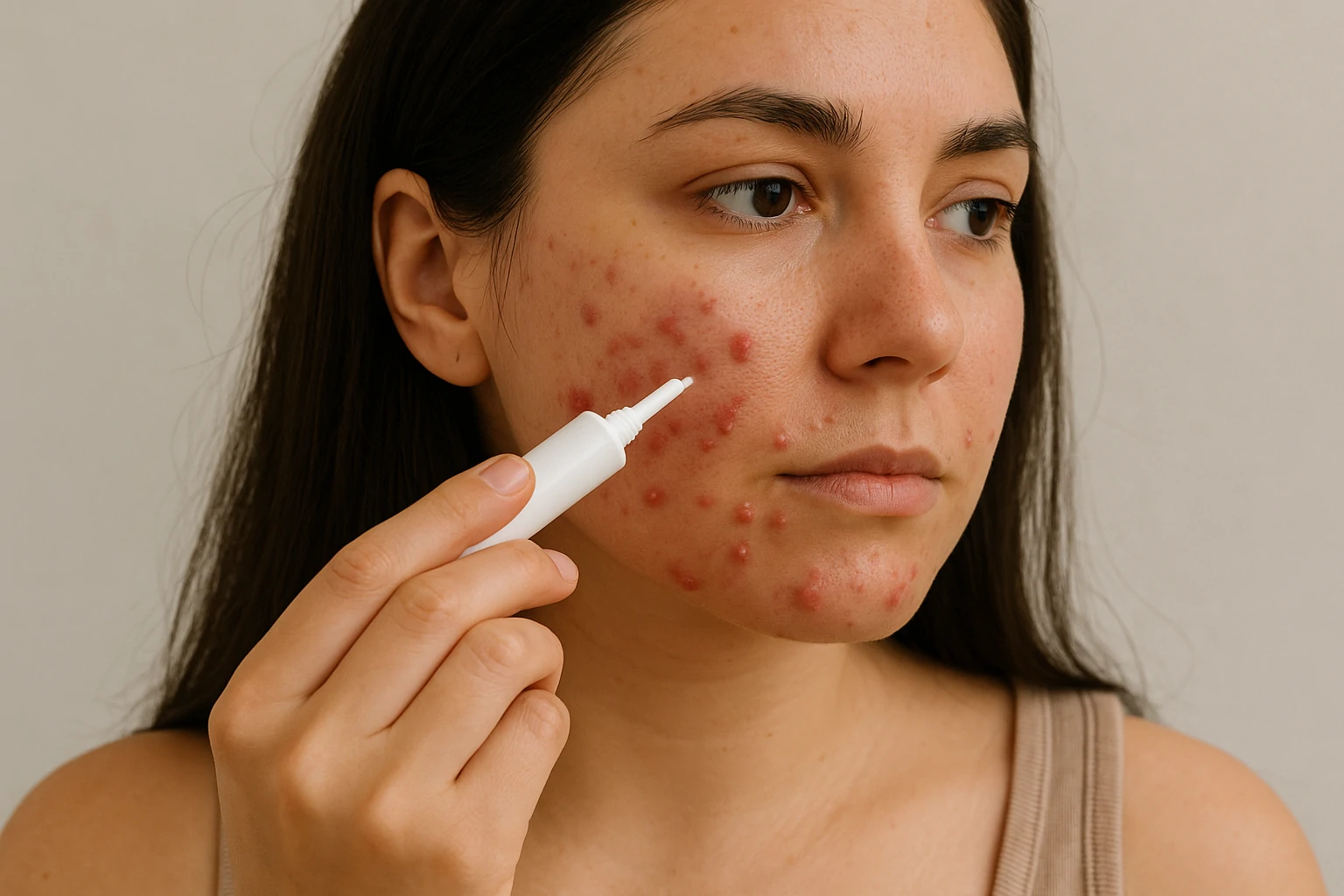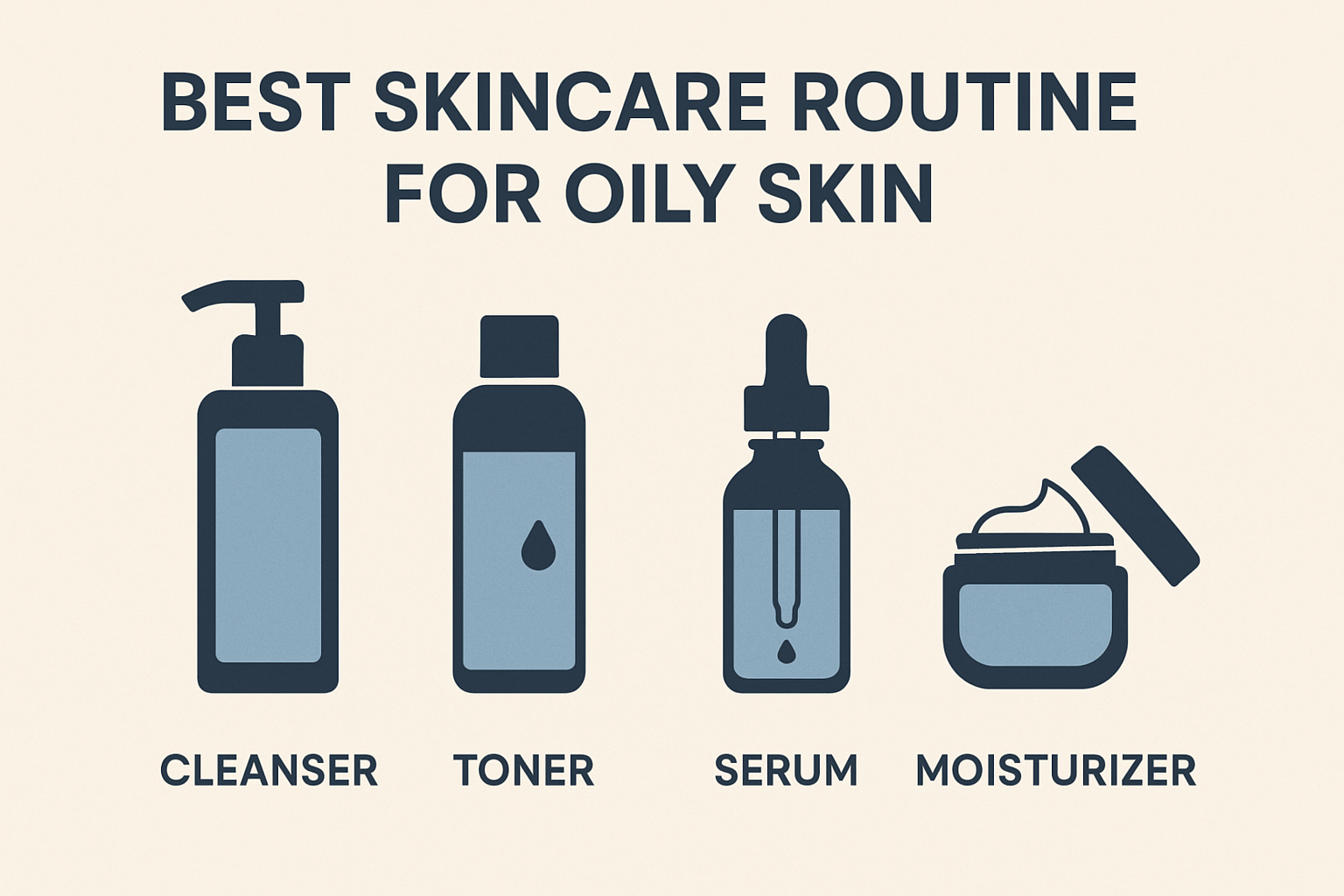Acne Behind Ears: Causes, Treatments, and Expert Tips to Get Clear Skin

Acne is a common skin issue experienced by many people, particularly on the face, neck, chest, or back. However, acne can also appear in unexpected places, such as behind the ears. Acne behind ears may seem unusual, but it is actually quite common and can be caused by a variety of factors.
The main cause of acne behind ears is the buildup of excess oil, sweat, and dead skin cells that clog the pores. Other contributing factors include the use of hair products containing oily ingredients, stress, and hormonal imbalances. The area around the ears is also more likely to come into contact with objects like headphones or glasses, which can irritate or cause infection.
According to dermatologists, treating acne behind ears begins with maintaining good skin hygiene in the area. Using a gentle cleanser and avoiding pore-clogging products are essential first steps. If the acne persists, a doctor may prescribe topical creams or antibiotics to treat the infection.
For long-term prevention, it’s recommended to avoid excessive use of hair products and to maintain a balanced diet, as dietary factors can affect skin health.
Although acne behind the ears is relatively uncommon, it can be managed with proper care, attention to skin hygiene, and lifestyle adjustments. If the issue continues, consulting a dermatologist is the best step for more specific solutions.
What Causes Pimples Behind the Ears?
Clogged Pores
Cystic acne is a more severe form of acne that can appear on various parts of the body, including behind the ears. It is characterized by deep, hard, and extremely painful bumps. These bumps form when oil, bacteria, and pus become trapped beneath the surface of the skin, causing more intense inflammation.
According to Dr. Chilukuri, cysts form when pores become severely clogged, leading to the development of a fluid-filled mass with pus. Genetic and hormonal factors play a significant role in triggering cystic acne. Individuals with a family history of cystic acne or those experiencing hormonal imbalances are at higher risk of developing it.
One of the biggest challenges with cystic acne is the potential for permanent scarring. These scars can affect the appearance of the skin, especially if the acne is not properly treated. Therefore, it is crucial to consult a certified dermatologist as soon as possible. A dermatologist can evaluate the condition and prescribe oral medications, such as antibiotics or hormonal therapy, to reduce inflammation and prevent scarring.
For prevention, maintaining regular skin hygiene, using non-comedogenic products, and avoiding picking at acne are essential steps in reducing the risk of cystic acne.
Ingrown Hairs
Ingrown hair is a dermatological condition that occurs when hair, which should grow out of the skin, curls back and grows into the follicle. This condition typically appears as small red or flesh-colored bumps, which can be found in areas of the body that are often exposed to friction or pressure, including behind the ears. One key sign of ingrown hair is the presence of hair trapped inside the bump.
According to Dr. Chilukuri, ingrown hairs occur when the hair follicle bends and gets trapped beneath the surface of the skin, rather than growing out normally. While it is rare to find ingrown hairs behind the ears due to the lack of significant hair growth in that area, ingrown hairs are more commonly found along the neck or hairline. This condition occurs more often in individuals with curly or coarse hair, as these hair types are more prone to curling.
Ingrown hairs can cause inflammation, irritation, and sometimes infection if not treated properly. Initial treatment involves warm compresses to open pores, along with the use of anti-inflammatory ointments to reduce swelling. If the condition worsens, a doctor may prescribe antibiotics to prevent further infection.
To prevent ingrown hairs, it is important to avoid excessive shaving or plucking and to maintain good skin hygiene. Proper shaving techniques and using the right skincare products can help reduce the risk of developing this condition.
Pore-Clogging Hair Products
Acne is often caused by products that clog the pores, and one of the main culprits is hair care products. The area behind the ears, which is frequently in contact with hair, is particularly prone to a buildup of oils and hair products that can trigger acne. According to Dr. Murphy-Rose, products like hair oils, conditioners, and even dry shampoos can have occlusive properties that block pores, leading to blackheads and whiteheads around the ears and hairline.
Hair products containing heavy or oily ingredients increase the risk of acne. When these products stick to the skin, they block the pores, creating an ideal environment for bacteria to grow and inflammation to develop. This explains why many people experience breakouts behind the ears — an area often exposed to hair products and friction from hair.
Dr. Chilukuri recommends using non-comedogenic hair products, meaning they are specially formulated not to clog pores. It is also important to thoroughly cleanse the skin after using hair products. Applying a salicylic acid-based toner to the affected areas can help remove leftover styling product residues and offer antibacterial benefits to prevent acne.
To prevent breakouts, make sure to regularly clean your skin, especially after using styling products. This simple step can help reduce pore blockages and keep your skin healthy.
How to Treat Pimples Behind Ears
Topical Treatments for Acne
Topical treatments are often the first line of defence recommended by dermatologists for managing acne. According to Dr. Murphy-Rose, salicylic acid is one of the best topical agents for acne prevention. Salicylic acid is a type of beta hydroxy acid (BHA) with a small molecular size, allowing it to penetrate deep into the pores. Inside the pores, it dissolves excess sebum and clears out debris that can clog the skin. Its keratolytic properties also help exfoliate dead skin cells, preventing blackheads and new acne from forming.
In addition to salicylic acid, prescription retinoids and over-the-counter retinol are also highly effective for treating acne. Retinoids work by speeding up cell turnover and preventing the clogging of hair follicles — a major cause of acne. They also have anti-inflammatory effects, helping to calm the redness and swelling often seen with cystic or severe inflammatory acne.
Products like Skincare Junkie’s Pore Therapy Daily Toner Pads ($38) contain active ingredients that help control oil production, deeply cleanse the pores, and accelerate skin regeneration. Regular use of such products can help prevent new breakouts and treat existing acne lesions.
Incorporating a combination of active ingredients like salicylic acid and retinoids into your skincare routine provides a scientifically backed and effective approach to preventing and treating acne comprehensively.
Oral Medications for Acne
When topical treatments do not deliver sufficient results, oral medications are often the next step for managing acne, including breakouts behind the ears. Oral therapies target more severe, inflamed, or chronic acne through a systemic approach that works from within the body.
According to Dr. Murphy-Rose, several types of oral medications are commonly prescribed, depending on the patient’s condition and the type of acne they have. Oral antibiotics like doxycycline or minocycline are frequently used to reduce the levels of Cutibacterium acnes bacteria and decrease inflammation. These are particularly effective for inflammatory acne that does not respond well to topical treatments alone.
Isotretinoin (commonly known by the brand name Accutane) is an oral retinoid used for severe and cystic acne. It works by reducing sebum production, shrinking sebaceous glands, and offering strong anti-inflammatory benefits. Due to its potential for serious side effects, isotretinoin treatment must be closely monitored by a doctor.
Meanwhile, spironolactone is often prescribed for women dealing with hormonal acne. It acts as an androgen blocker, helping to reduce excess oil production that can trigger breakouts.
Choosing the right oral therapy involves considering individual factors such as age, gender, acne severity, and overall health history to ensure safe and effective treatment.
Home Remedies for Managing Mild Acne Behind the Ears
Home remedies are often the first choice for treating mild acne, including breakouts behind the ears. One effective method is applying a warm compress. Warm compresses help open pores, improve blood circulation, and speed up the healing process by reducing local inflammation.
Another popular natural option is tea tree oil. According to Dr. Murphy-Rose, tea tree oil has antimicrobial and anti-inflammatory properties that can help reduce the population of Cutibacterium acnes bacteria and soothe inflamed skin. While tea tree oil may not be as powerful as conventional medical treatments, it can still offer benefits as a complementary option, especially for mild acne.
However, it is important to be cautious when using natural ingredients. Dr. Chilukuri warns against using DIY (Do It Yourself) topical mixtures. Unregulated homemade blends can irritate the skin, worsen inflammation, and aggravate acne. Therefore, using dermatologist-tested and properly formulated natural products is much safer than making your own remedies at home.
Home remedies should be seen as a supportive approach, not a replacement for professional medical treatments, especially when dealing with more severe acne.
How to Prevent Behind the Ear Pimples
Use a Gentle Cleanser
Regular skin cleansing is a fundamental step in preventing acne, including breakouts behind the ears. According to dermatology experts, keeping the skin clean helps reduce the buildup of dirt, excess oil, and Cutibacterium acnes bacteria, which are the main causes of acne.
Dr. Murphy-Rose emphasises the importance of choosing a gentle, non-irritating cleanser. Cleansers that are too harsh or contain irritating ingredients can damage the skin’s protective barrier, making the skin more vulnerable to irritation and inflammation. This barrier is essential for maintaining the skin’s natural moisture and protecting it from external pathogens.
An ideal cleanser for preventing acne should be non-comedogenic (meaning it does not clog pores), sulfate-free, and contain soothing ingredients such as aloe vera or chamomile. It is recommended to cleanse the skin twice daily—morning and night—especially after sweating or using hair products, to ensure that residue which could block pores is removed.
Using the correct cleansing technique, with gentle motions and without harsh scrubbing, is also important to avoid mechanical damage to the skin. By maintaining consistent and proper skin hygiene, the risk of developing acne behind ears can be significantly reduced.
Avoiding Pore-Clogging Products
Clogged pores are the primary cause of whiteheads and blackheads, which often lead to acne. To prevent this issue, it’s important to carefully choose hair products that won’t clog the skin’s pores, especially in sensitive areas like behind the ears.
Dr. Chilukuri recommends selecting hair products labeled “non-comedogenic,” which are specifically designed not to clog pores. Hair products containing heavy ingredients like oils or silicones tend to stick to the skin and can block pores, leading to acne. Therefore, choosing lightweight products that don’t clog pores is a key preventive measure in maintaining clean skin.
Additionally, Dr. Chilukuri stresses the importance of thoroughly rinsing the hair after using conditioner, especially in areas close to the skin, like behind the ears. Residue from conditioner or styling products left on the skin can block pores and cause inflammation. It’s crucial to ensure that no excess product remains on the skin after the hair care routine.
With simple preventive steps, like choosing non-comedogenic hair products and rinsing properly, the risk of acne caused by clogged pores can be significantly reduced.
Preventing Acne Behind the Ears by Keeping Hair Tied
One effective way to prevent acne behind the ears is by tying your hair, especially during exercise. Dr. Murphy-Rose explains that keeping hair away from the skin helps reduce direct contact between oils or hair products and the skin, which can cause clogged pores and irritation.
When exercising, sweat mixed with oil from the hair or styling products can transfer to the skin around the ears, increasing the risk of acne. By tying your hair in a ponytail, bun, or braid, you can minimize the transfer of these substances to the skin, reducing the potential for pore blockage and inflammation.
Dr. Chilukuri also adds that tying the hair not only helps keep the skin clean but also prevents friction between the hair and skin, which can irritate the skin barrier. Using soft, non-metallic hair ties is also recommended to avoid additional irritation caused by pressure or excessive friction.
With this simple step, keeping hair tied while being active can help prevent acne behind the ears and support overall skin health.
Conclusion
Although acne behind the ears is not common, it can still appear and cause discomfort. The primary cause of acne in this area is often linked to the use of hair care products that can clog pores. Products such as conditioners, hair gels, and hair oils can stick to the skin, causing pores to become blocked when mixed with the skin’s natural oils or sweat. When pores are clogged, inflammation can occur, leading to the formation of pustules—painful, inflamed bumps filled with pus.
To treat acne behind ears, topical treatments are the main solution. Products containing salicylic acid are highly effective as they penetrate pores to dissolve the excess oil and dirt that cause blockages. Retinoids, which are derivatives of vitamin A, are also very helpful for speeding up skin cell turnover and preventing further blockages. Additionally, tea tree oil, known for its antimicrobial and anti-inflammatory properties, can reduce inflammation and kill the acne-causing bacteria.
Warm compresses can also help soothe inflamed skin by increasing blood circulation and speeding up the healing process. However, if the acne behind the ears does not improve or is accompanied by severe symptoms such as increased redness, swelling, a burning sensation when touched, or pus drainage, it is highly recommended to consult a dermatologist for further treatment.
FAQ
Acne behind the ears can be caused by clogged pores, sweat, bacteria, oil buildup, poor hygiene, wearing dirty hats or headphones, or even skin irritation from hair products or jewelry.
Yes, it is quite common. The area behind the ears has oil glands and can be easily missed during washing, making it prone to breakouts.
Keep the area clean by washing it daily with a gentle cleanser. Avoid touching or picking at the pimples. Over-the-counter treatments with salicylic acid or benzoyl peroxide may help. If acne persists, consult a dermatologist.
Yes, stress can trigger hormonal changes that increase oil production, which may lead to acne in various areas, including behind the ears.
No, it’s best not to pop them. Popping can lead to infection, inflammation, or scarring. Let them heal naturally or seek professional treatment if needed.
Yes, wearing earphones or headphones for long periods—especially if they are not cleaned regularly—can trap sweat and bacteria, increasing the risk of acne.






 Acne
Acne Anti-Aging
Anti-Aging Business
Business Digital Marketing
Digital Marketing Economics
Economics Movies
Movies Personal Finance
Personal Finance Websites
Websites
